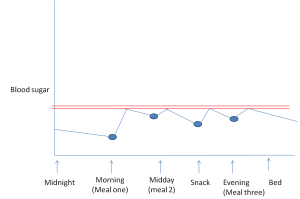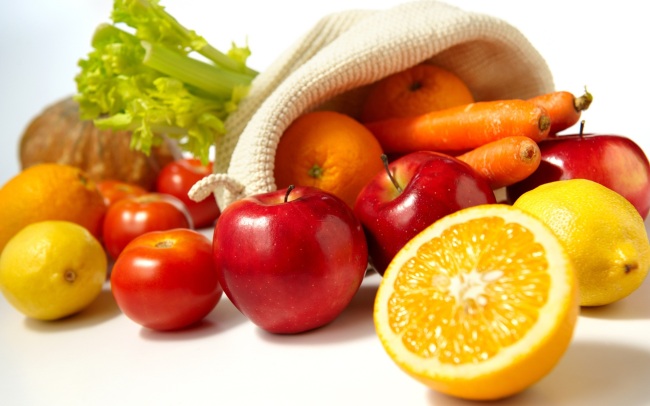Bikram, Yoga, Sweat, Balance
So for the past month I have set myself a challenge. To try Bikram Yoga and see what it’s made of. Being a total beginner with, no sense of balance a questionable posture and a shocking level of flexibility under my belt – that is I can just about touch my toes, I decided to jump on the bandwagon of the Yoga phenomenon and see if it was all it cracked up to be.

As I work at a gym the first step was trying a few regular classes, I also rather ungainly wobbled around my room in an effort to try the infamous YouTube tutorials but I still found it pretty meh. Then I stumbled upon a page called Bikram Yoga and it sparked my interest right away. This 90 minute class is geld in a room at 30% humidity and 40 degree heat. You sweat. You about sweat the weight of a small child, but your flexibility, balance and strength are all meant to improve. I turned up to my first class with some trepidation, especially as it was a 6:30 in the morning. Being conscious of my newbie status I did my best and although the heat is blinding and when I left I looked as though I had just stepped out of a shower, I felt brilliant. Addictive is not the word! I did four classes in four days and then the inevitable work schedule got in the way and I missed a day. Despite this when I came back I found I could sink right back in where I left off.
Since beginning Bikram I have noticed how the mind can impact on my determination to maintain the poses. With 26 different postures you do each of them twice, breaking them down from a warm up, to a standing and then a floor series. This not only helps break up the class so it doesn’t seem as long but also makes sure that all areas of the body are targeted from knees to spine, neck to ankles. The intense heat thought startling in the first few classes gradually moves to the back of your mind as you begin to understand the movements, anticipate the stretches before they come and prepare yourself for the last big push.
Since beginning I am on about my 15th class. Even since my first day I have noticed a difference, not only in my posture, but also in myself. Yoga promotes self reflection and in a society where we are chastised for being selfish and thinking about ourselves, it’s kind of nice to gain that extra level of introspection. I would not go so far as to say that yoga has changed my life but I am certain that if I maintain momentum that my flexibility and strength will be drastically improved. The other aspects of my life shifted towards how can I improve my yoga? And so it is easy for me to see how yoga becomes a lifestyle choice, more than just an exercise activity. Add to this the fact that the instructors are always happy to answer questions or offer assistance if you’re making any little errors in the postures and you are home and free!
The main set back with this exercise aside from the endurance it takes to withstand the heat is the price tag. I got an introductory offer but monthly memberships can be up to 99 euros! This sounds a lot for a class but when you consider the expertise of the teacher, and if you are confident you will get the use out of it, it does not seem so steep. I would much rather lay into my monthly alcohol budget for Bikram, or lay off on the meals out. I would thoroughly recommend at least trying this class, it’s the perfect choice for someone who likes to push themselves and isn’t afraid of a challenge. Good luck!
Take home points
- Each class is 90 minutes
- The room is set at 30% humidity and 40 degree heat
- Beginners should try to do at least 4 classes in 4 days
- Try out different introductory offers to get the most wallet friendly option








